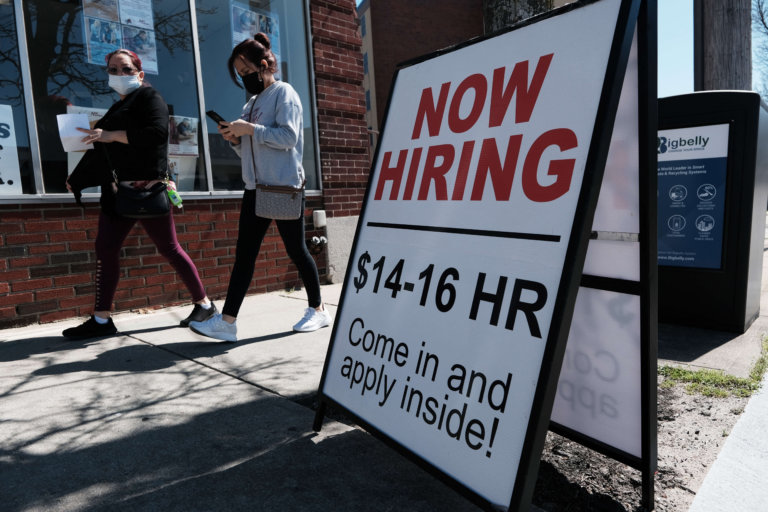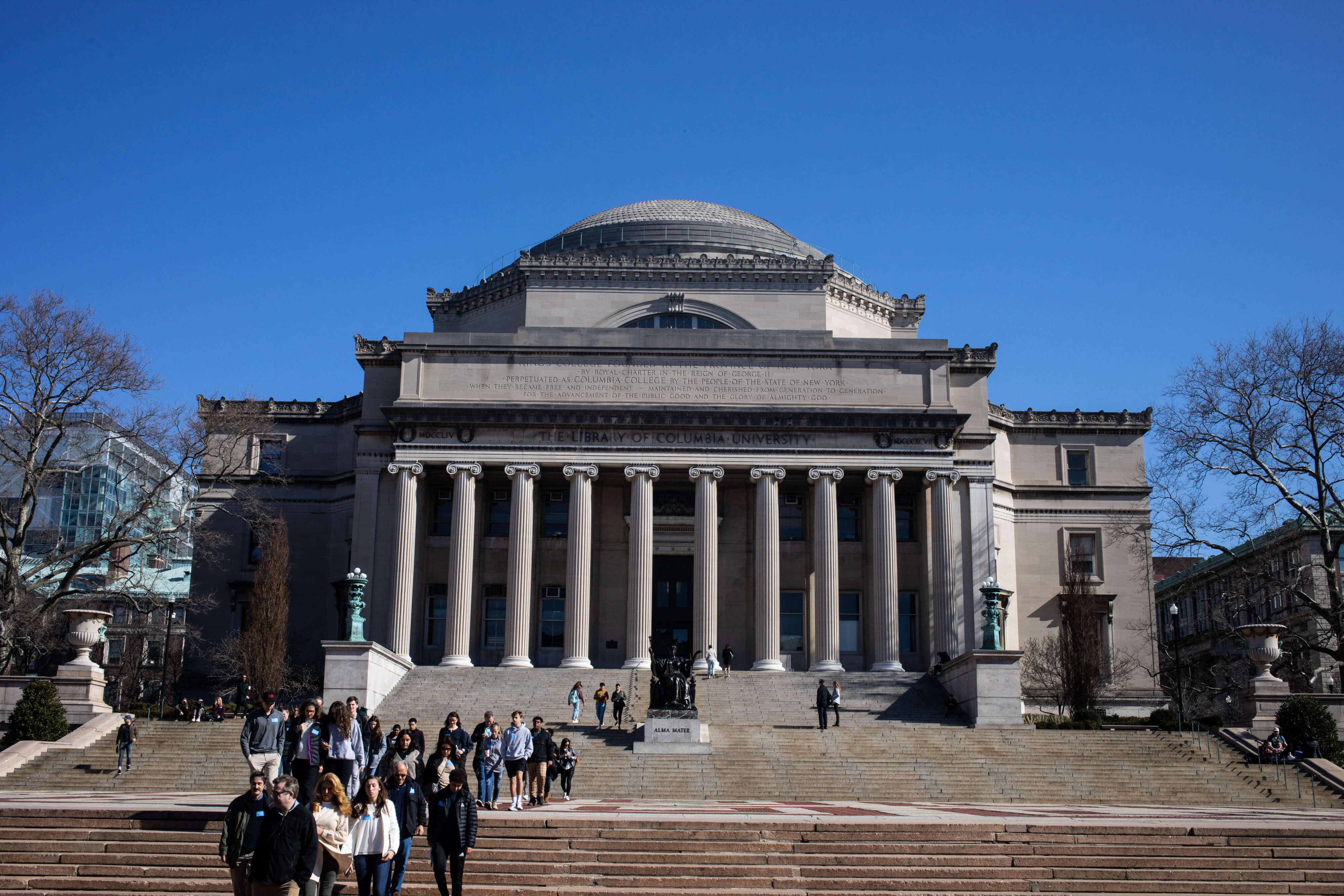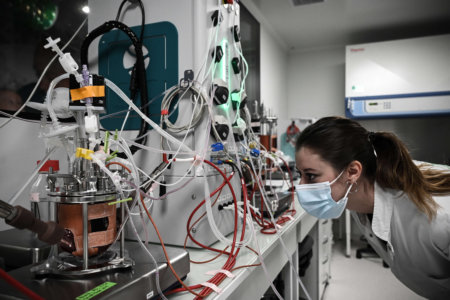
Getting a US education is a coveted experience by students worldwide, hence why the US hosts the largest cohort of international students globally. While the benefits of a US education is innumerable, it’s also notorious for being among the most expensive in the world. A recent report by Interstride titled “Is studying in the US worth it?” shows that foreign students are finding it difficult to justify their expensive education due to the lack of employment in the US after graduation.
The study found that there is a clear “value gap” between students’ satisfaction with their study experience and the outlook they have for potential employment. “We have international students who value the US study abroad experience, drawn to the country by the stellar reputation of US colleges and universities,” wrote Anna Esaki-Smith of Education Rethink, who was commissioned to conduct the study. “But what we offer in terms of tangible value to students through the lens of career outcomes is not as clear to these students.”

The report found that international students were most drawn by the reputation and rankings of US universities, which became a primary reason for their decision to study in the country. Source: Jeenah Moon/Getty Images North America/Getty Images via AFP
Of 1,087 students from 100 countries were surveyed, 84% said that they would encourage peers back home to pursue a US education. Only 49% agreed that the return of value of an American degree actually justified the costs. Esaki-Smith found that working in the US was a “priority” for these students, and 41% expressed interest in working in the US for several years, post-graduation, before returning home or relocating elsewhere.
Meanwhile, a striking 71% of respondents said that they would stay to work in the US had employment conditions been easier post-graduation. The report also investigated the role of career centres in universities in colleges, and uncovered that while 53% of students found them helpful, they were in fact underutilised, as less than a quarter of them actually credited career centred in helping them accomplish their career goals.
What can int’l students do after completing their US education?

International student graduates in the US report getting passed over by employers who favour hiring locals, in addition to cultural barriers in career networking that jeopardise their chances of securing a job. Source: Justin Sullivan/Getty Images North America/Getty Images via AFP
While the global ranking and reputation of US universities is the prime reason why foreign students are attracted to studying in the country, Esaki-Smith’s report found that nearly half of the respondents did not fully comprehend the American job market, and thus were wholly unprepared for the fierce competition ahead, made all the more difficult with visa restrictions.
Currently, international graduates can remain and work in the US through the Optional Practical Training (OPT) programme — a temporary employment scheme directly related to one’s area of study in university. The OPT can last as long as 12 months, but graduates of certain courses in STEM (Science, Technology, Engineering and Mathematics) may apply for a 24-month extension to their OPT.
Following the end of the OPT period, international graduates can remain under the H-1B visa to continue their employment in the US, but there’s a catch: the application has to be filed by an employer. The H-1B visa is often the first step towards obtaining a green card, but without proper network connections, the pathway is inaccessible to many international graduates who have a strong desire to build their careers in the US.
“US universities still need to contend with the fact that, no matter how expanded OPT becomes, the formidable challenges international students face when trying to secure employment remain largely unchanged,” wrote Esaki-Smith.
From the report, the top two obstacles cited by international students finding employment in the US were the reluctance of American employees in hiring foreigners, as well as the students’ own hesitancy in networking due to gaps in cultural understanding and the pressure to assimilate for career mileage.










